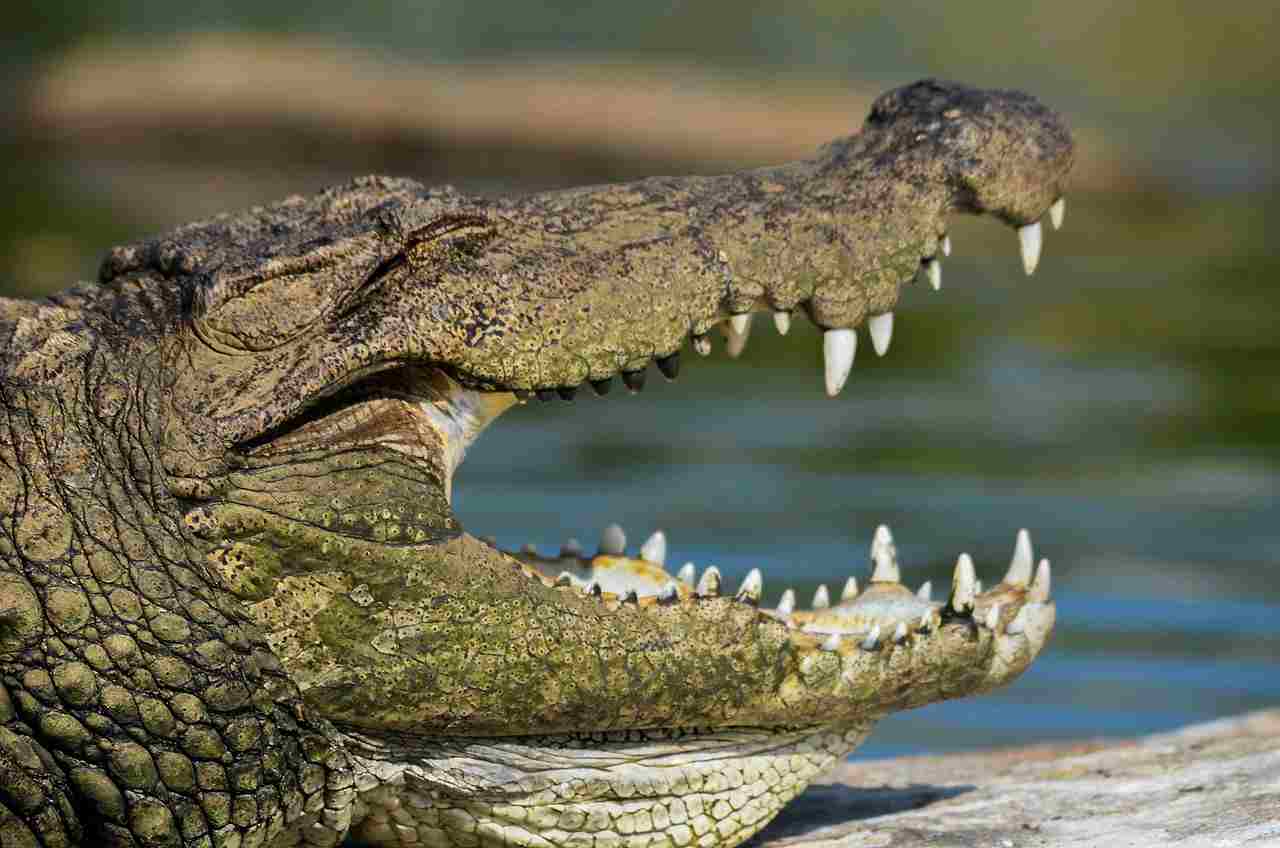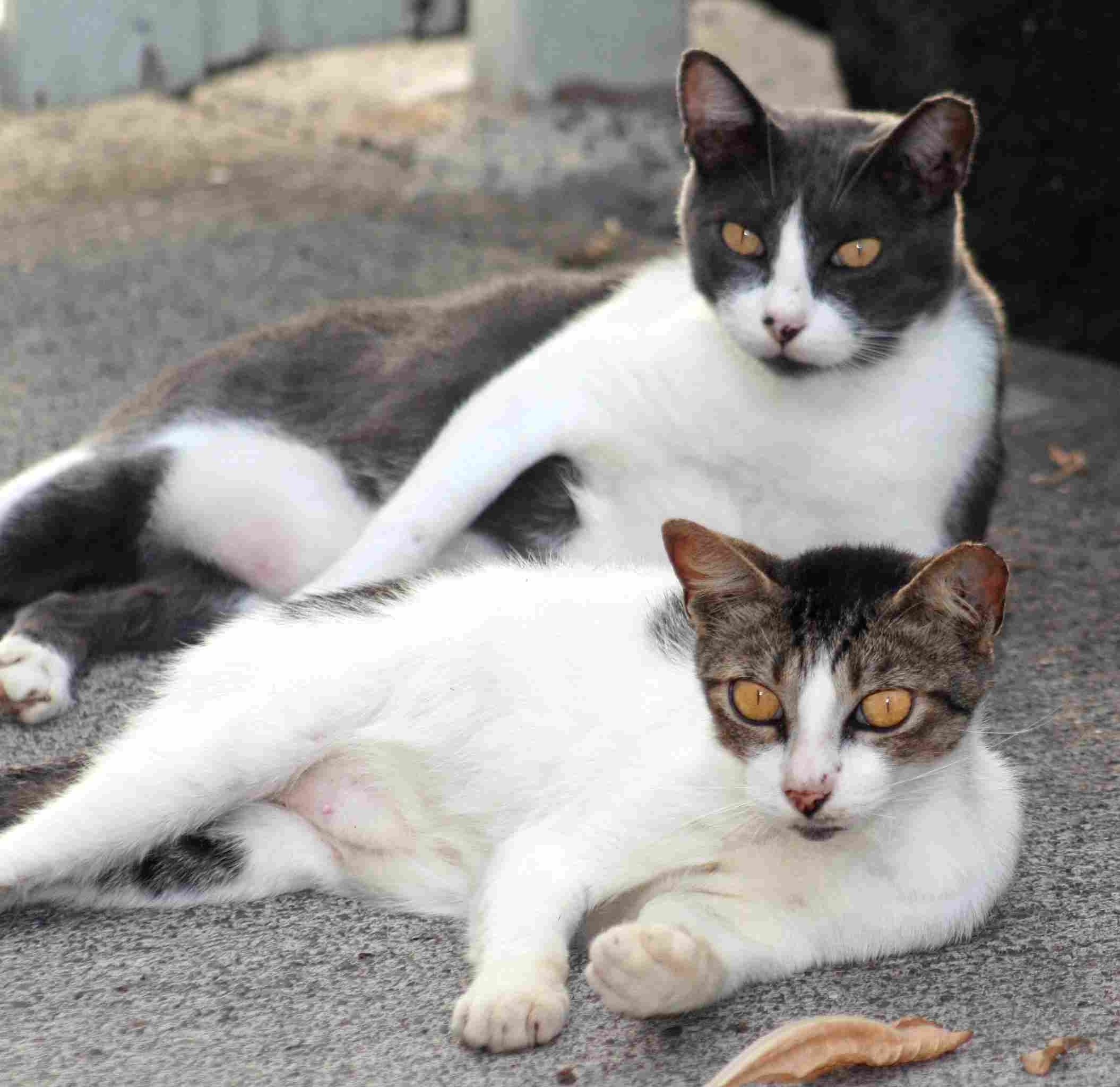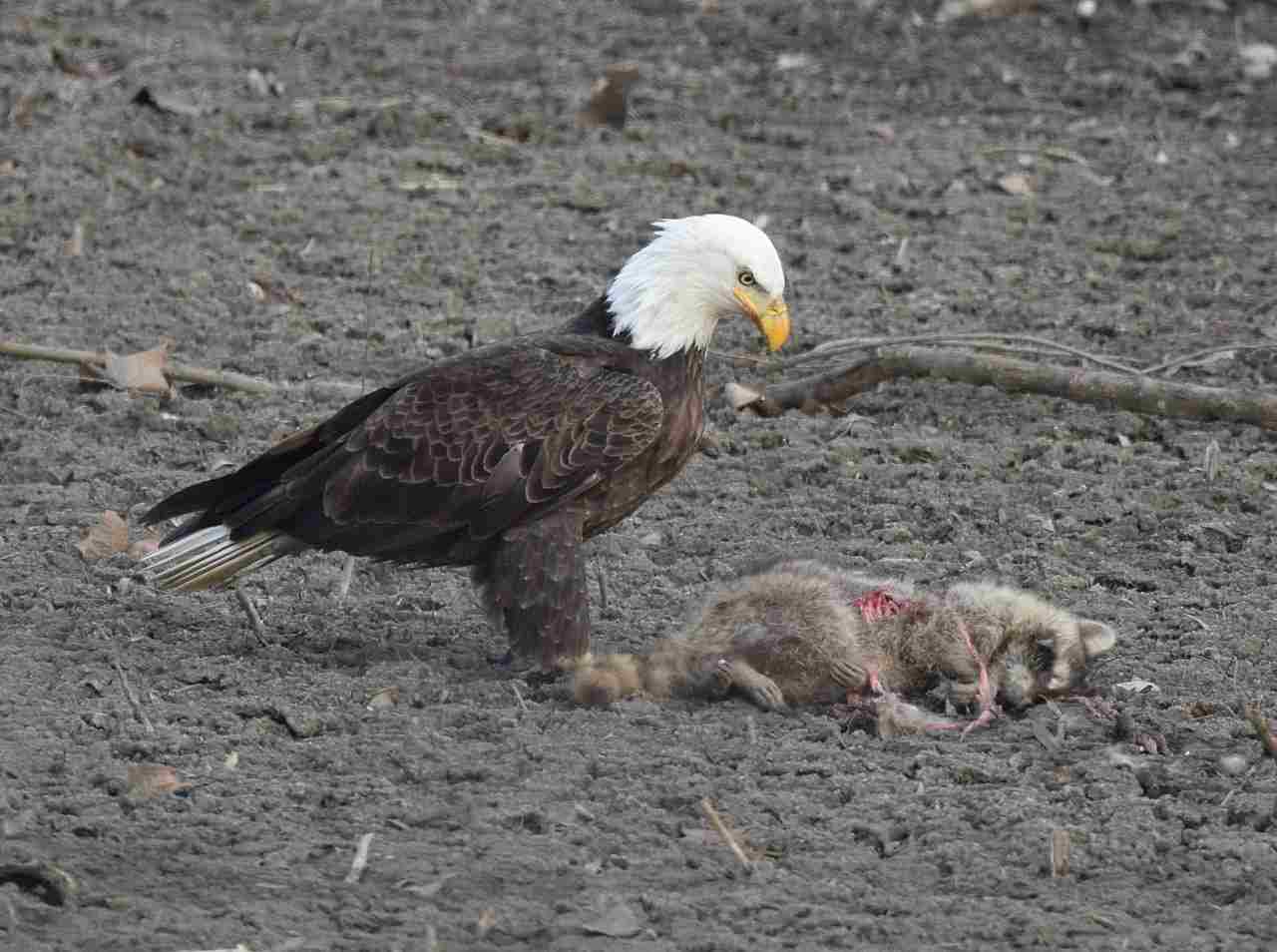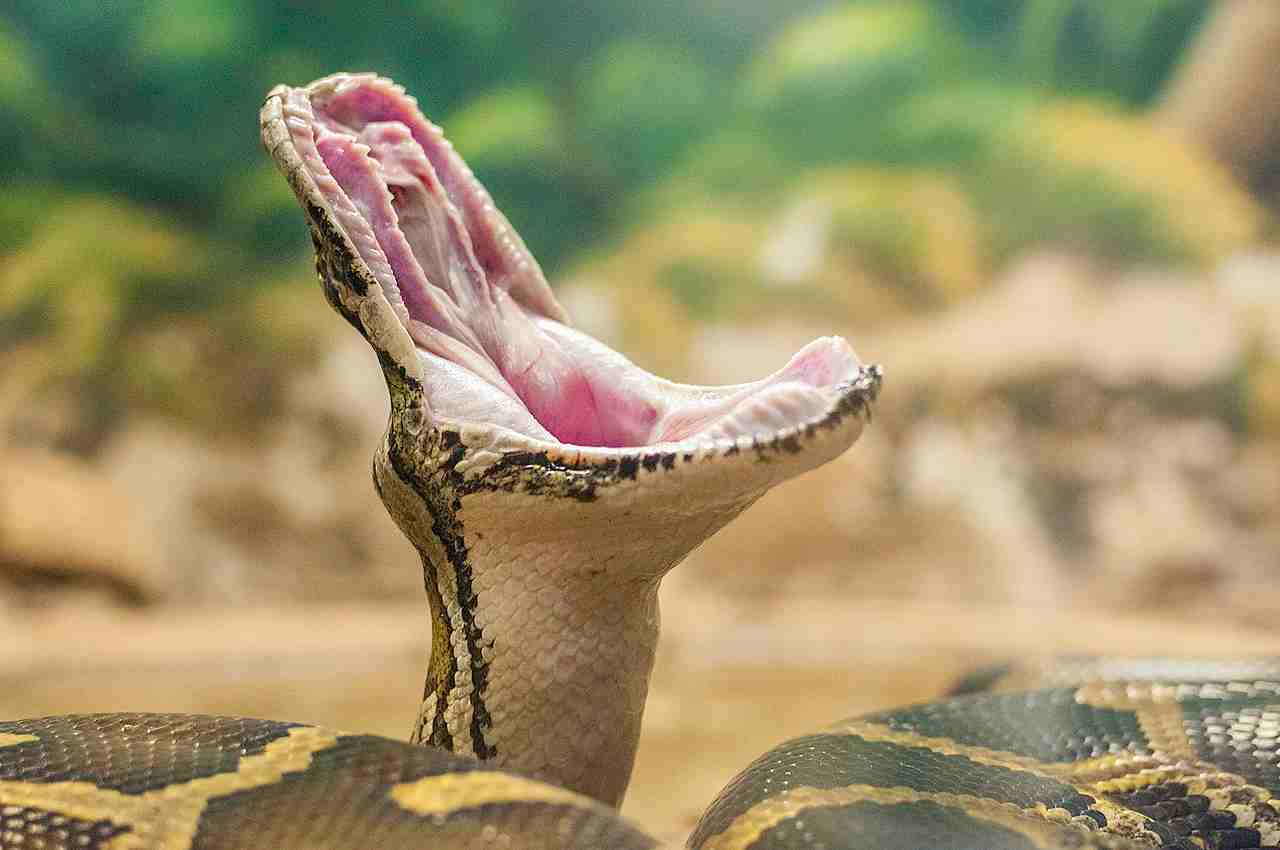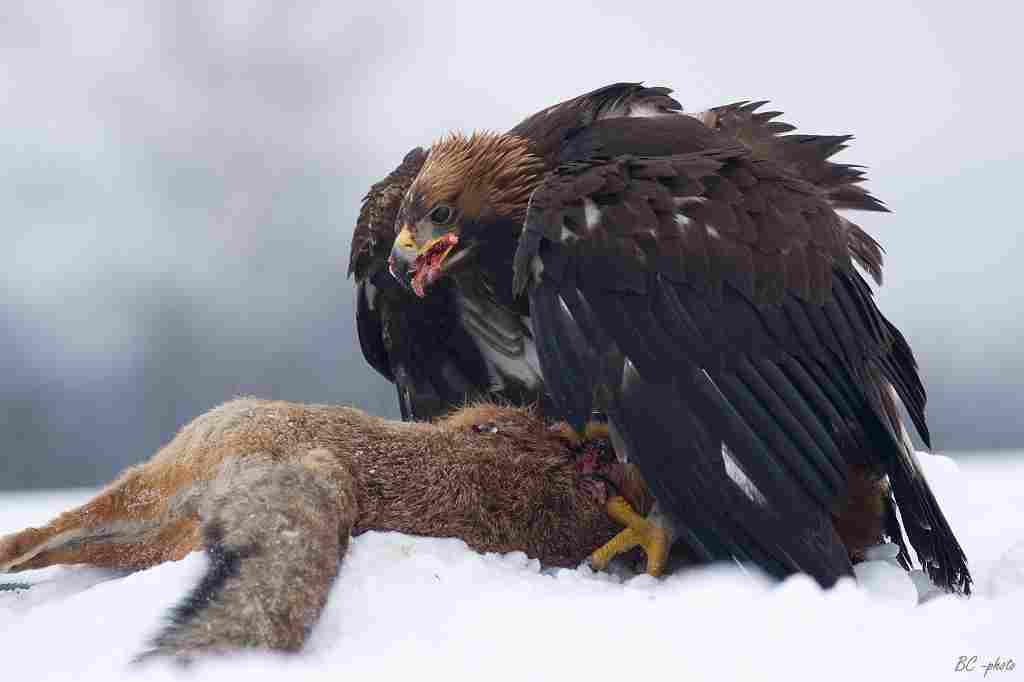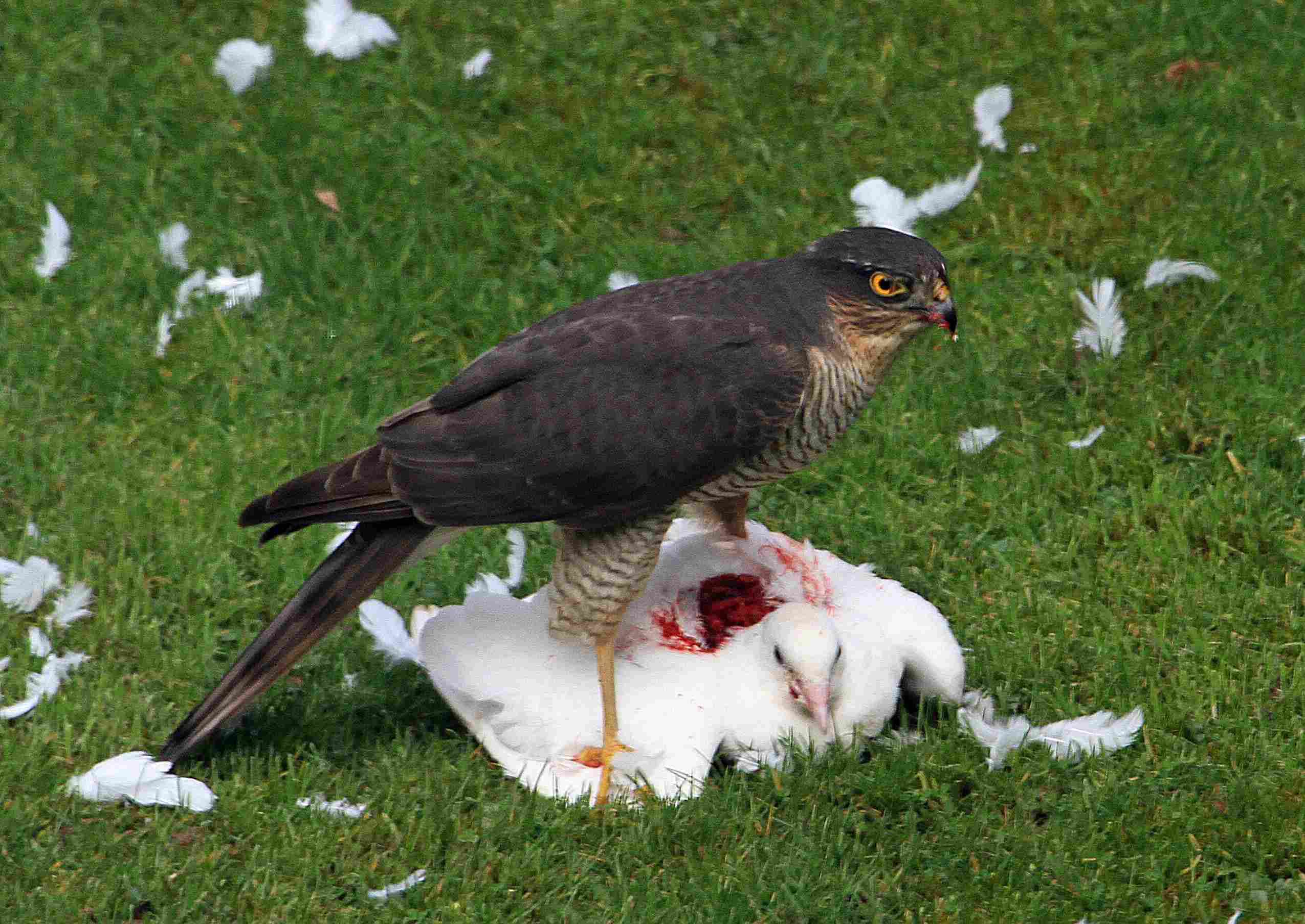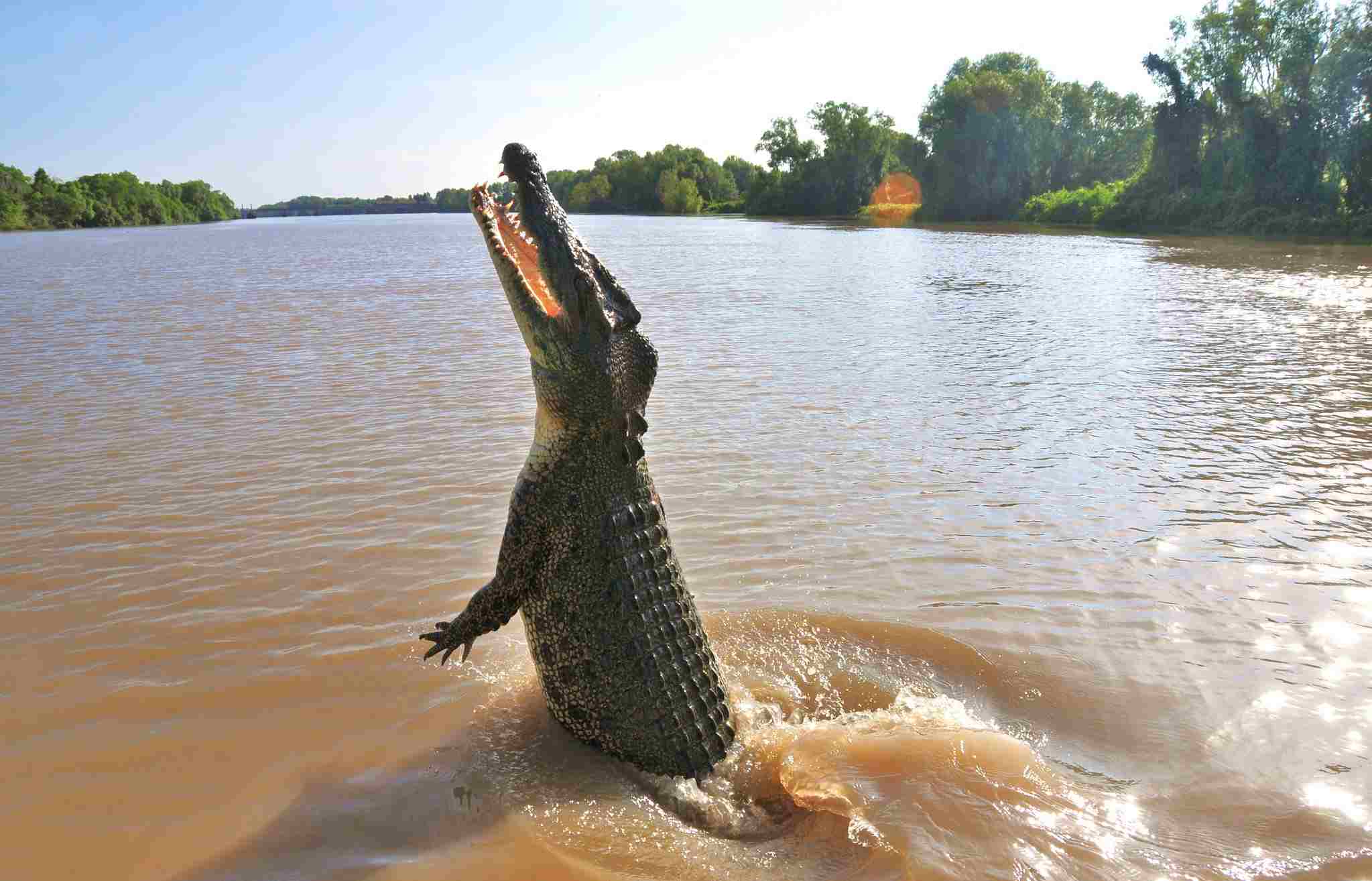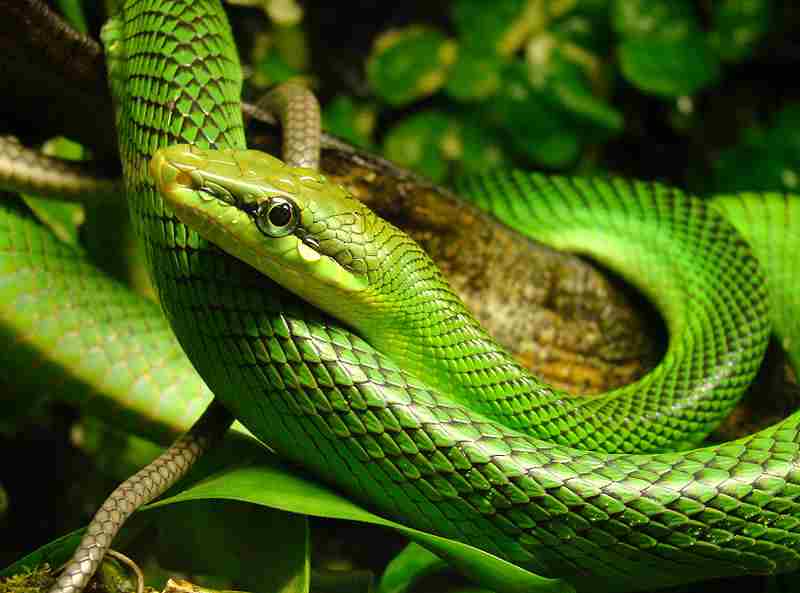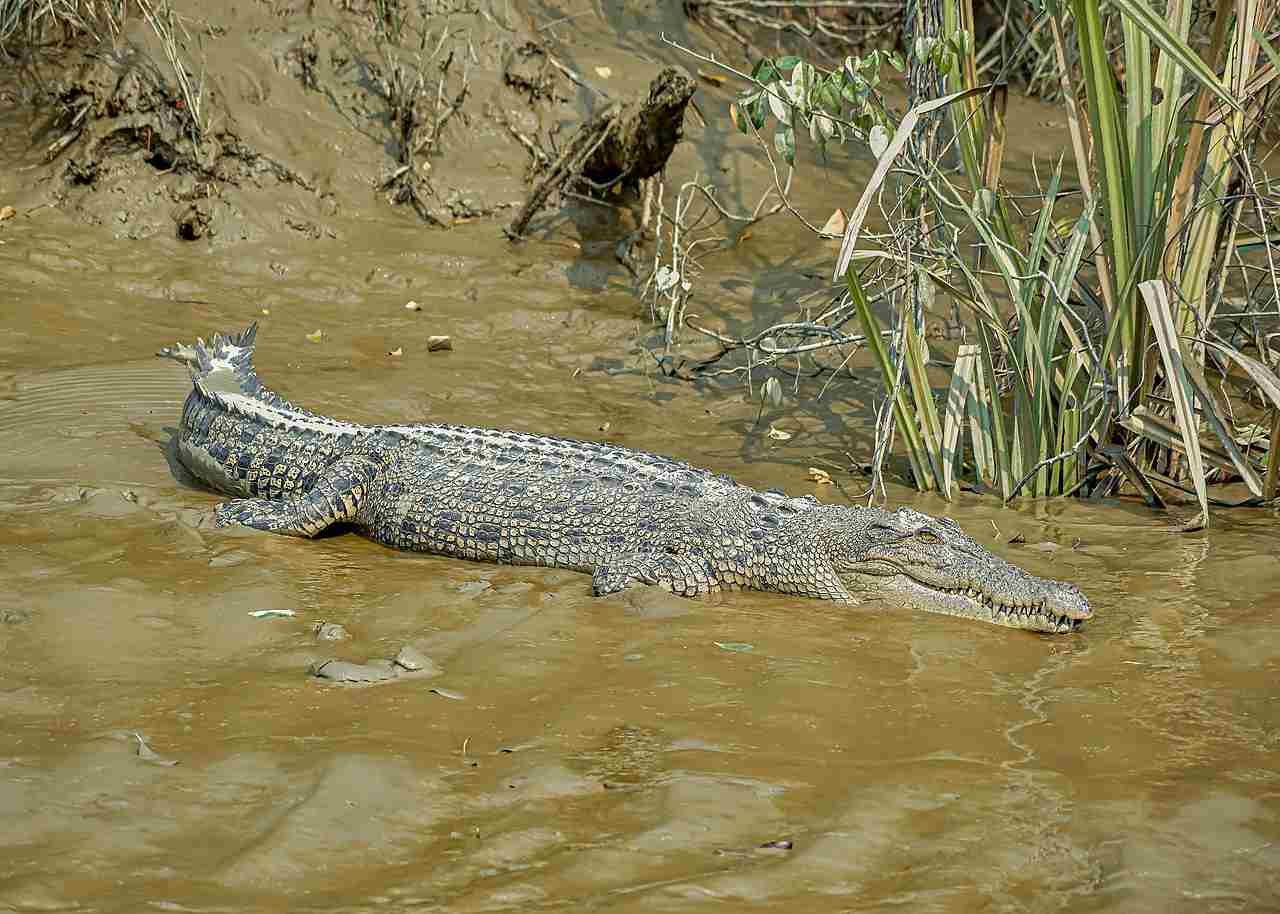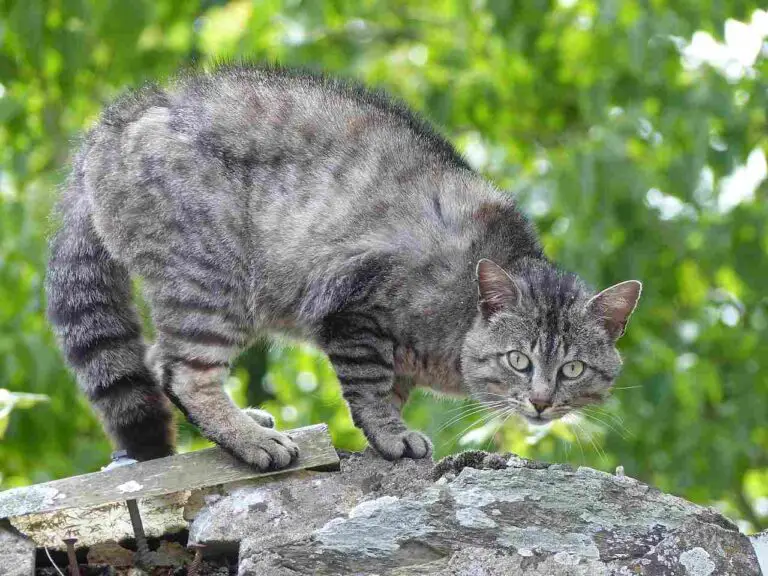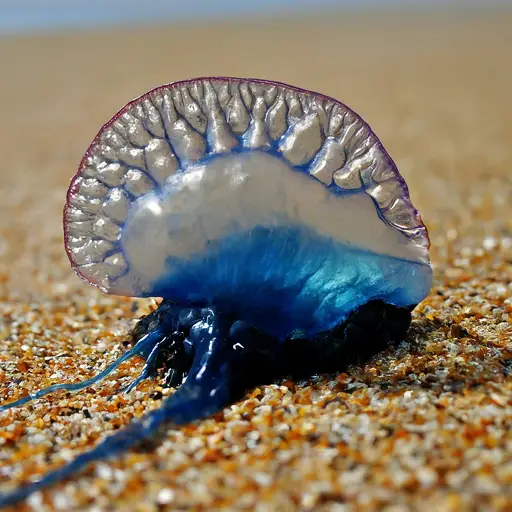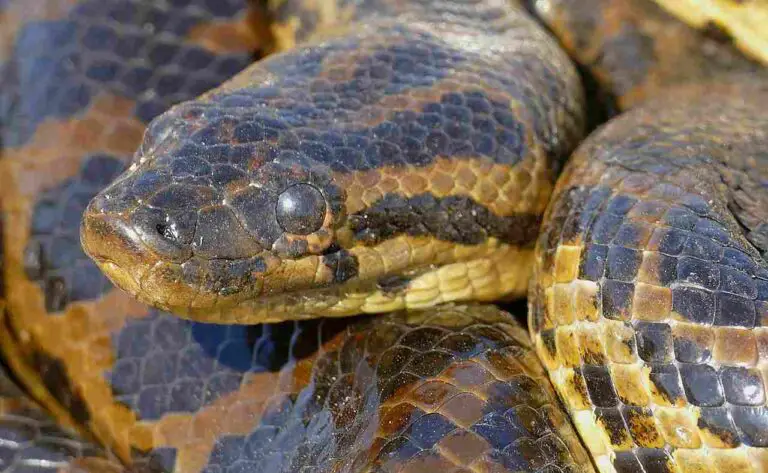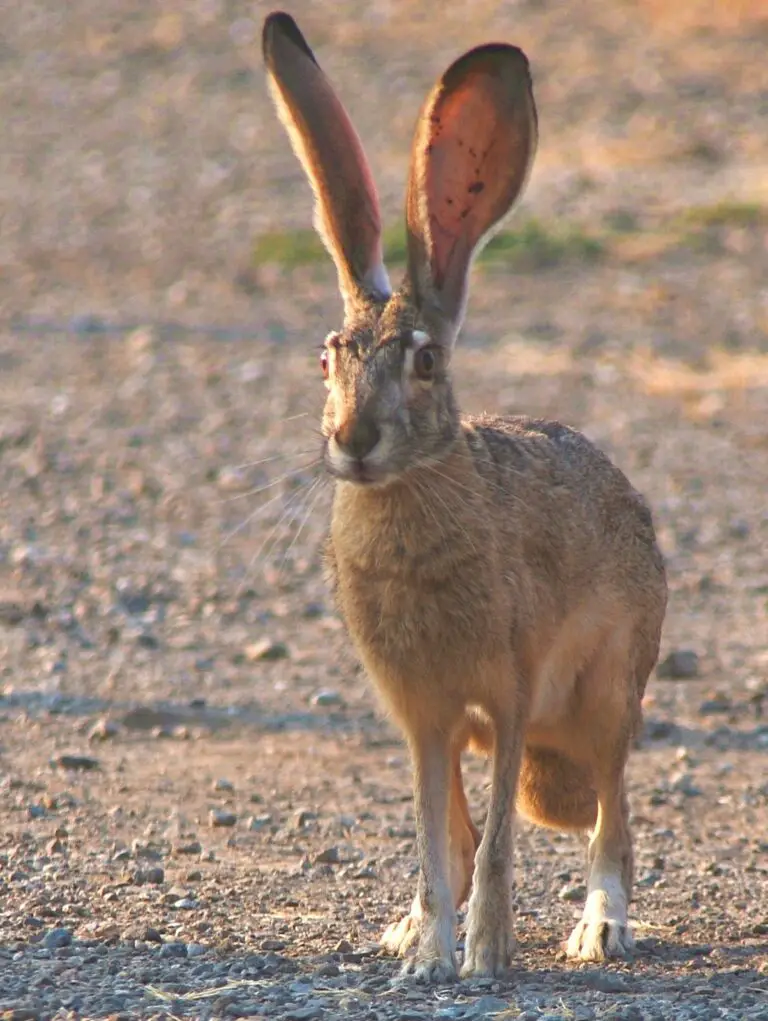7+ Apex Predators In Australia And Their Characteristics
Examples of predators in Australia are the dingo, an apex carnivore that controls smaller predator populations; the feral cat, an invasive species responsible for native species declines; and the saltwater crocodile, a formidable reptile known for its size and strength. Other predators include hawks and wedge-tailed eagles, contributing to biodiversity through their hunting practices, while Australian scrub pythons and amethystine pythons, among the largest snakes, play key roles in controlling prey populations. Cobras aren’t native to Australia, but venomous snakes like the Eastern brown snake are similar in terms of their predatory behavior.
1. Dingo
The dingo (Canis lupus dingo) is Australia’s largest terrestrial carnivore, known for its agility, intelligence, and adaptability. This apex predator, believed to have arrived in Australia thousands of years ago, occupies a unique niche in the continent’s ecosystems. Dingoes exhibit a mix of dog-like characteristics and wild behaviors, forming complex social structures while also hunting as solitary predators. Their diet is varied, consisting of small to medium-sized mammals, birds, and reptiles, with kangaroos being among their favored prey. In some regions, dingoes are known to scavenge or occasionally hunt livestock, leading to conflicts with farmers and ranchers.
Ecologically, dingoes play a crucial role in maintaining balance within Australia’s ecosystems. By controlling populations of smaller predators like foxes and cats, they indirectly protect native species from over-predation. Additionally, their presence influences the behavior and distribution of other animals, contributing to biodiversity. However, the relationship between dingoes and humans is complex, with ongoing debates about their management and conservation status. While some view them as a threat to livestock, others recognize their importance in preserving Australia’s unique wildlife.
2. Feral Cat
Feral cats (Felis catus) are an invasive species in Australia, with significant negative impacts on native wildlife and ecosystems. Originating from domestic cats brought by European settlers, feral cats have adapted to Australia’s varied landscapes, from arid deserts to dense forests. These predators are highly effective hunters, preying on a wide range of native animals including small mammals, birds, reptiles, and amphibians. Their presence has been linked to the decline or extinction of several native species, making them a considerable concern for conservationists.
Efforts to control feral cat populations are complex and often controversial. Methods include trapping, culling, and fencing to create cat-free zones, but each approach has limitations and ethical considerations. The challenge lies in balancing the need to protect native wildlife while managing the cat population in a humane manner. Moreover, feral cats can carry diseases that pose risks to native species and even humans. As a result, addressing the impact of feral cats on Australia’s biodiversity is a key focus of conservation strategies across the country.
3. Crocodile
Crocodiles are apex predators in Australia, with the saltwater crocodile (Crocodylus porosus) being the largest and most dangerous species. These formidable reptiles inhabit Australia’s northern regions, thriving in rivers, estuaries, and coastal areas. Saltwater crocodiles are known for their immense size, powerful jaws, and aggressive behavior, making them a significant threat to humans and livestock. They are opportunistic feeders, preying on fish, birds, and mammals, including kangaroos and wild pigs. Despite their fearsome reputation, crocodiles are a vital part of Australia’s ecosystems, playing a crucial role in maintaining ecological balance.
The estuarine and freshwater environments where crocodiles live are carefully monitored to ensure public safety while allowing these reptiles to thrive. Conservation efforts focus on protecting crocodile habitats and regulating interactions between crocodiles and humans. Australia’s history with crocodiles includes a period of intense hunting, which led to drastic declines in their populations. Since the implementation of conservation measures, crocodile numbers have rebounded, highlighting the importance of balanced wildlife management practices.
4. Hawk
Hawks are a diverse group of birds of prey found throughout Australia, with several species inhabiting different ecosystems. These raptors are known for their keen eyesight, sharp talons, and strong beaks, which they use to hunt a variety of prey, including small mammals, birds, and reptiles. Hawks play an important role in controlling populations of smaller animals and are indicators of a healthy ecosystem. They are typically solitary hunters, soaring high above the ground to spot potential prey before swooping down to catch it.
Hawks contribute to biodiversity by helping to maintain the balance between different species in their ecosystems. They are also valued for their role in cultural symbolism and wildlife observation. Conservation of hawks involves protecting their habitats from deforestation and urban development, as well as ensuring that their prey species are not overexploited. In some cases, hawks can be negatively affected by pesticides and other pollutants, making environmental health a key factor in their conservation.
5. Wedge-Tailed Eagle
The wedge-tailed eagle (Aquila audax) is the largest bird of prey in Australia, renowned for its impressive wingspan and majestic presence in the sky. These eagles are found across the continent, from remote wilderness areas to open farmlands. As apex predators, they primarily hunt small to medium-sized mammals, including rabbits, hares, and even young kangaroos. Wedge-tailed eagles are also known to scavenge, sometimes feeding on roadkill or carrion, contributing to ecosystem cleanliness.
Despite their ecological importance, wedge-tailed eagles face challenges from habitat loss, human-wildlife conflicts, and secondary poisoning from rodenticides. Efforts to protect these magnificent birds include monitoring their populations, creating conservation programs, and educating the public about their role in Australia’s ecosystems. Wedge-tailed eagles hold a special place in Australian culture, often symbolizing strength and freedom, and are a popular subject for birdwatchers and photographers.
6. Cobra
Cobras are a group of venomous snakes, but Australia does not have native cobra species like those found in Asia or Africa. In Australia, venomous snakes like the Eastern brown snake and the inland taipan are often referred to as ‘cobras’ due to their deadly venom and fearsome reputation. These snakes are highly effective predators, using their potent venom to immobilize and digest prey. They primarily hunt small mammals, birds, and other reptiles, and their presence helps control rodent populations.
Despite their danger, these snakes play an important ecological role in maintaining balance within their habitats. Encounters with humans can be dangerous, leading to bites and, in some cases, fatalities, which is why snakebite education and safety precautions are critical in regions where these snakes are prevalent. Efforts to coexist with these predators involve understanding their behavior and ensuring that human activities do not encroach on their natural habitats.
7. Australian Scrub Python
The Australian scrub python (Simalia kinghorni) is the largest snake species in Australia, capable of growing over 20 feet long. This non-venomous python inhabits the rainforests and dense woodlands of northern Australia. As an apex predator, it preys on a variety of animals, including mammals, birds, and reptiles. Scrub pythons are known for their impressive strength and stealth, often ambushing prey from hidden positions. Despite their large size, they are generally non-aggressive toward humans, but their powerful constricting ability makes them formidable predators.
Australian scrub pythons play a crucial role in their ecosystems by regulating populations of other animals. They are particularly important in controlling invasive species like rats and other rodents. Conservation of scrub pythons involves protecting their habitats from deforestation and ensuring that they are not captured for the exotic pet trade. Public education about these snakes is also important to reduce fear and encourage coexistence with these remarkable reptiles.
8. Amethystine Python
The amethystine python (Simalia amethistina), also known as the scrub python, is one of the largest snakes in Australia, with some individuals reaching lengths of over 20 feet. Found in the tropical rainforests and coastal regions of northern Australia, these pythons are known for their iridescent scales, which reflect amethyst hues in the light. As apex predators, they feed on a variety of prey, including birds, bats, and small mammals. Their size and power allow them to take down larger prey, and they use constriction to subdue their victims before swallowing them whole.
The amethystine python plays an important role in its environment by controlling prey populations and contributing to the ecological balance. However, they face threats from habitat loss, illegal pet trade, and conflicts with humans, especially in areas where they may prey on domestic animals. Conservation efforts focus on habitat protection and public education to reduce negative encounters with humans. Despite their size, these pythons are generally non-aggressive, and understanding their behavior can help foster coexistence with these impressive predators.
*Summary
-
Dingo
-
Largest terrestrial carnivore in Australia
-
Hunts small to medium-sized mammals, birds, and reptiles
-
Plays a role in controlling populations of smaller predators and influences other animals’ behavior
-
Conflicts with humans due to livestock predation
-
-
Feral Cat
-
Invasive species from domestic cats
-
Preys on small mammals, birds, reptiles, and amphibians
-
Linked to decline/extinction of native species
-
Efforts to control populations are complex and controversial
-
-
Crocodile
-
Saltwater crocodile is the largest and most dangerous reptile in Australia
-
Hunts fish, birds, mammals, and other large prey
-
Conservation measures helped rebound populations after hunting periods
-
Ensures public safety while protecting crocodile habitats
-
-
Hawk
-
Diverse group of birds of prey
-
Hunts small mammals, birds, and reptiles
-
Contributes to biodiversity by maintaining balance among species
-
Conservation involves habitat protection and addressing pesticide risks
-
-
Wedge-Tailed Eagle
-
Largest bird of prey in Australia with impressive wingspan
-
Hunts small to medium-sized mammals
-
Scavenges, contributing to ecosystem cleanliness
-
Conservation focuses on habitat protection and avoiding secondary poisoning
-
-
Cobra
-
Australia lacks native cobra species; comparable snakes include the Eastern brown snake and the inland taipan
-
Highly venomous, hunting small mammals and birds
-
Plays a role in ecological balance
-
Requires education and safety precautions to prevent harmful encounters
-
-
Australian Scrub Python
-
Largest snake in Australia, over 20 feet long
-
Hunts a variety of prey including mammals, birds, and reptiles
-
Important in controlling invasive species like rats
-
Conservation involves habitat protection and reducing capture for the pet trade
-
-
Amethystine Python
-
One of the largest snakes in Australia
-
Hunts birds, bats, and small mammals
-
Faces threats from habitat loss and illegal pet trade
-
Conservation focuses on habitat protection and public education
-
| Predator | Key Features |
| Dingo |
Largest terrestrial carnivore; hunts small to medium-sized prey; conflicts with humans due to livestock predation
|
| Feral Cat |
Invasive species; preys on small mammals and birds; contributes to native species decline
|
| Crocodile |
Largest and most dangerous reptile; successful conservation after hunting periods
|
| Hawk |
Diverse group of birds of prey; contributes to biodiversity; needs habitat protection
|
| Wedge-Tailed Eagle |
Largest bird of prey in Australia; hunts small to medium-sized mammals; requires habitat protection
|
| Cobra |
Australia lacks native cobras; venomous; needs safety precautions to prevent harmful encounters
|
| Australian Scrub Python |
Largest snake in Australia; helps control invasive species like rats; conservation involves habitat protection
|
| Amethystine Python |
One of the largest snakes; faces threats from habitat loss and illegal pet trade; conservation efforts are ongoing
|
